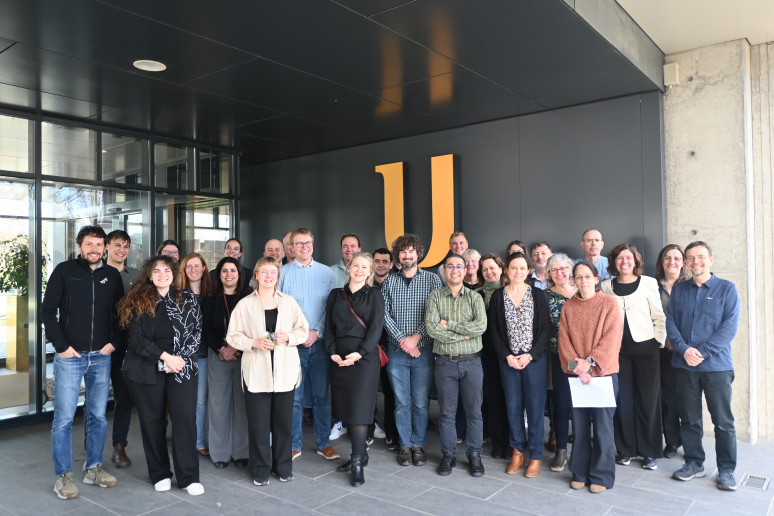
First annual meeting of the OBSGESSION project consortium has concluded
The first Annual Meeting of the Horizon Project OBSGESSION was held at the end of March beginning of April at the UPark Hotel, University of Twente, in Enschede, Netherlands, bringing together project partners and representatives from the External and Advisory Board, along with the OBSGESSION Project Officer, Izabela Freytag (EC REA) to review progress and set future directions.

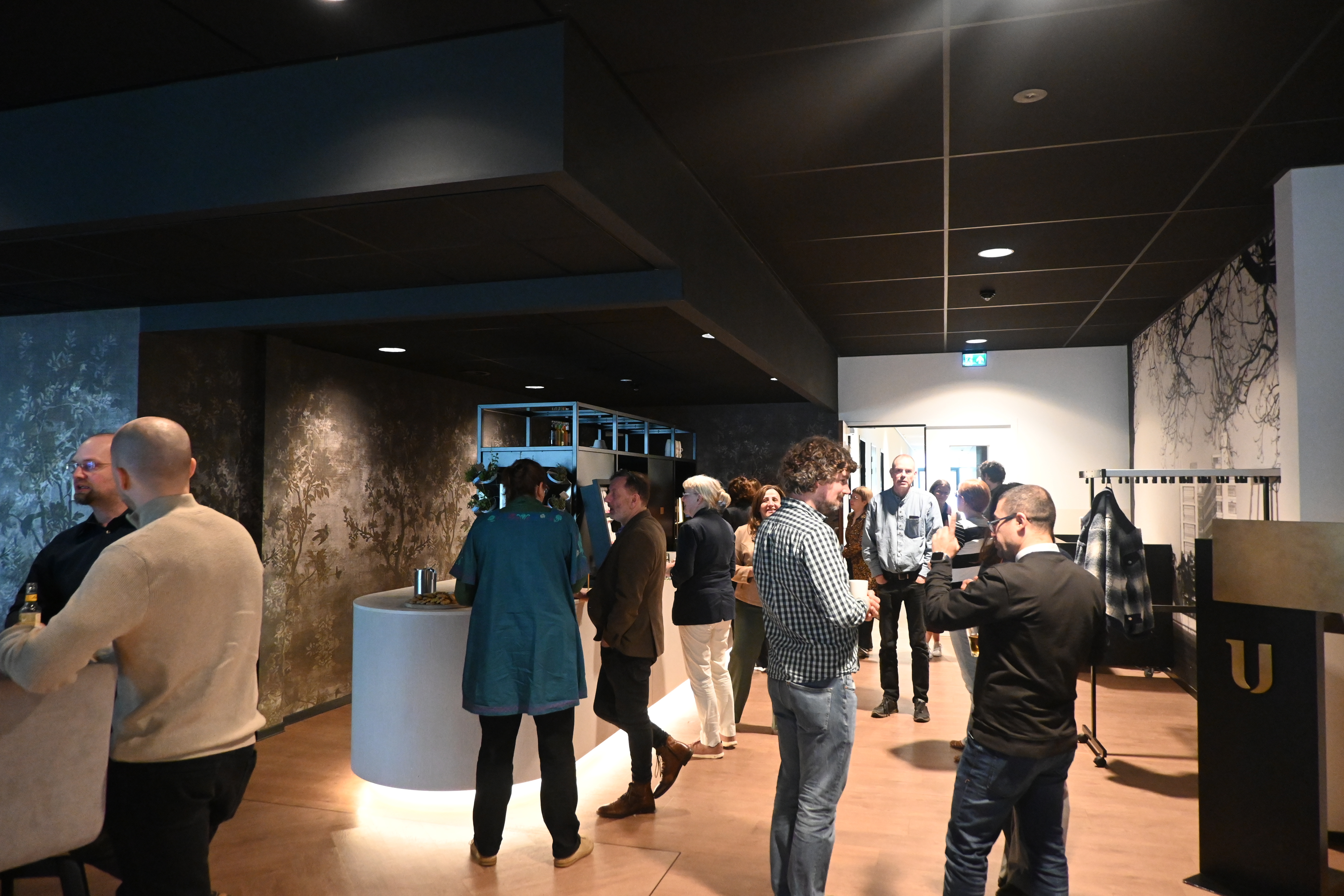
The event was filled not only with productive conversations surrounding essential parts of the project - fieldwork, results and publications in the making, the openEO platform, data cubes and policy needs and updates, but also included opportunities for reconnection and bonding experience for the partners.
In a series of short presentations speakers of the seven work packages gave updates for the work done so far and the future challenges for each of them. Participants during workshops and mediated discussions also took the time to work out some kinks in the communication and overall workflow.
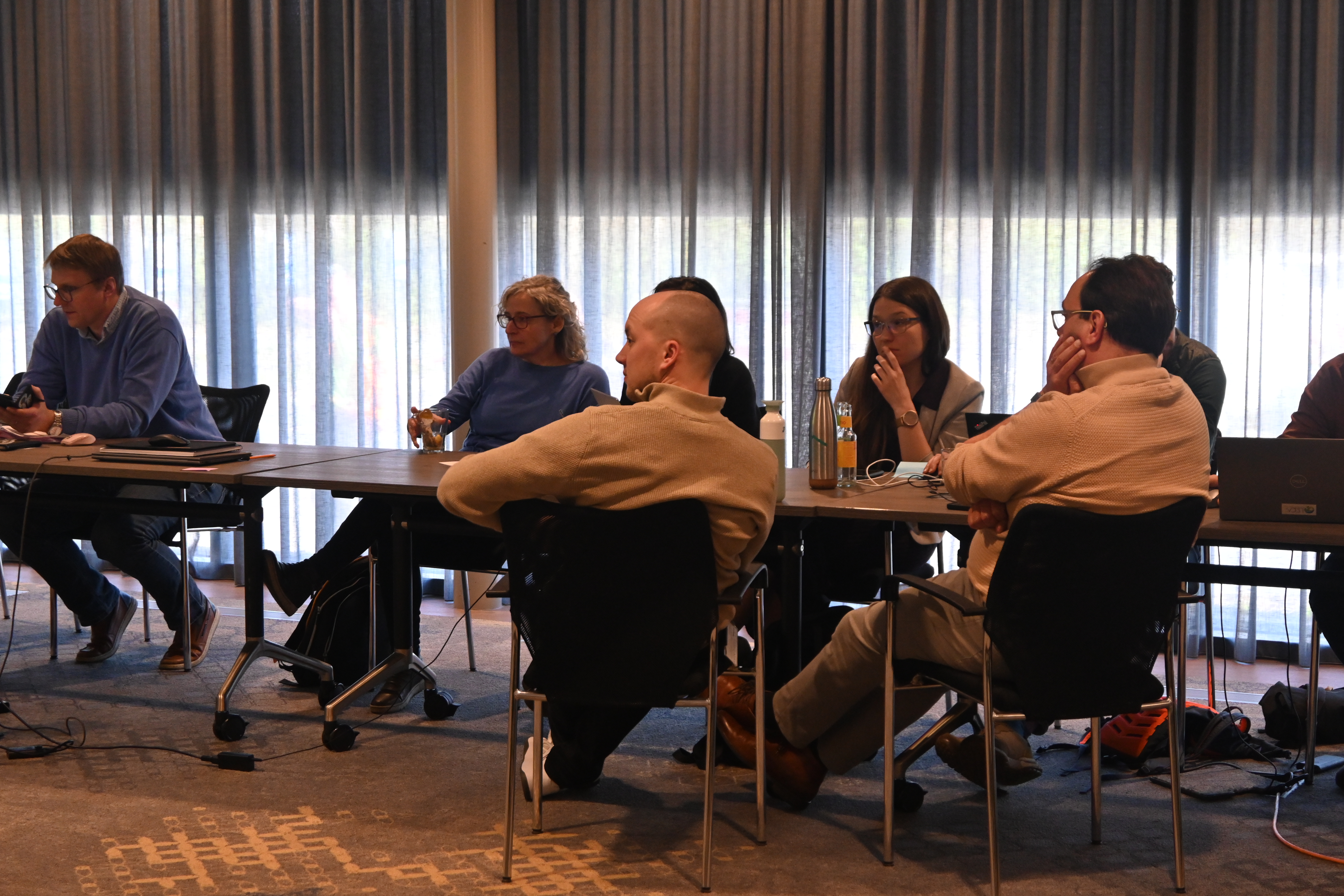
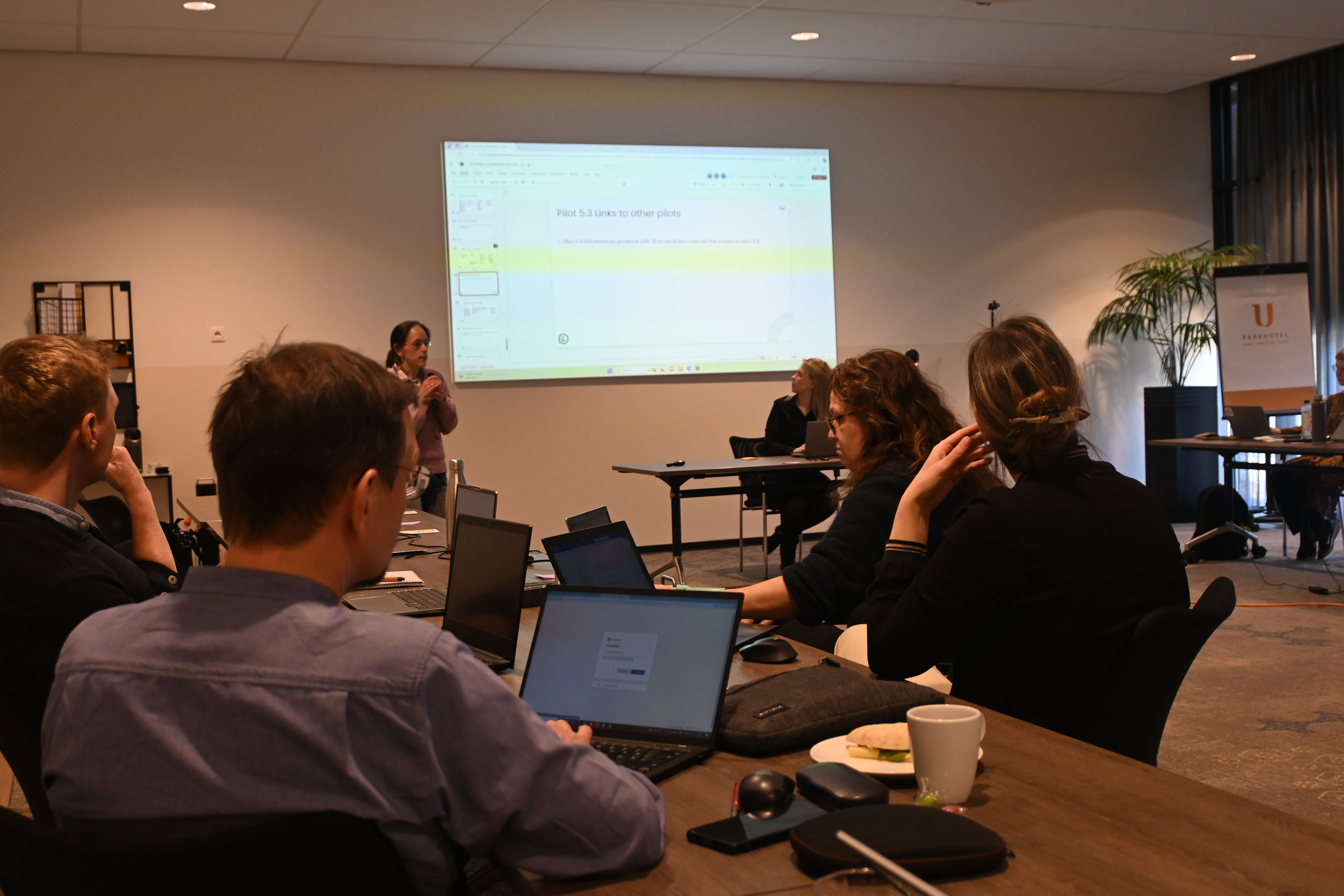
A focal point for the next period of the project is the generation of results, so pilots shared future field work aimed at gathering observations on biodiversity responses in the European Alps to climate change, forest productivity, and freshwater ecosystems and many other ecosystem indicators. For scientific work to reach its intended audience effectively, it's crucial to present it in an engaging and accessible way. This is why new communication strategies, such as podcasts and the dynamic nature of social media, are being explored for their broad appeal and impact.
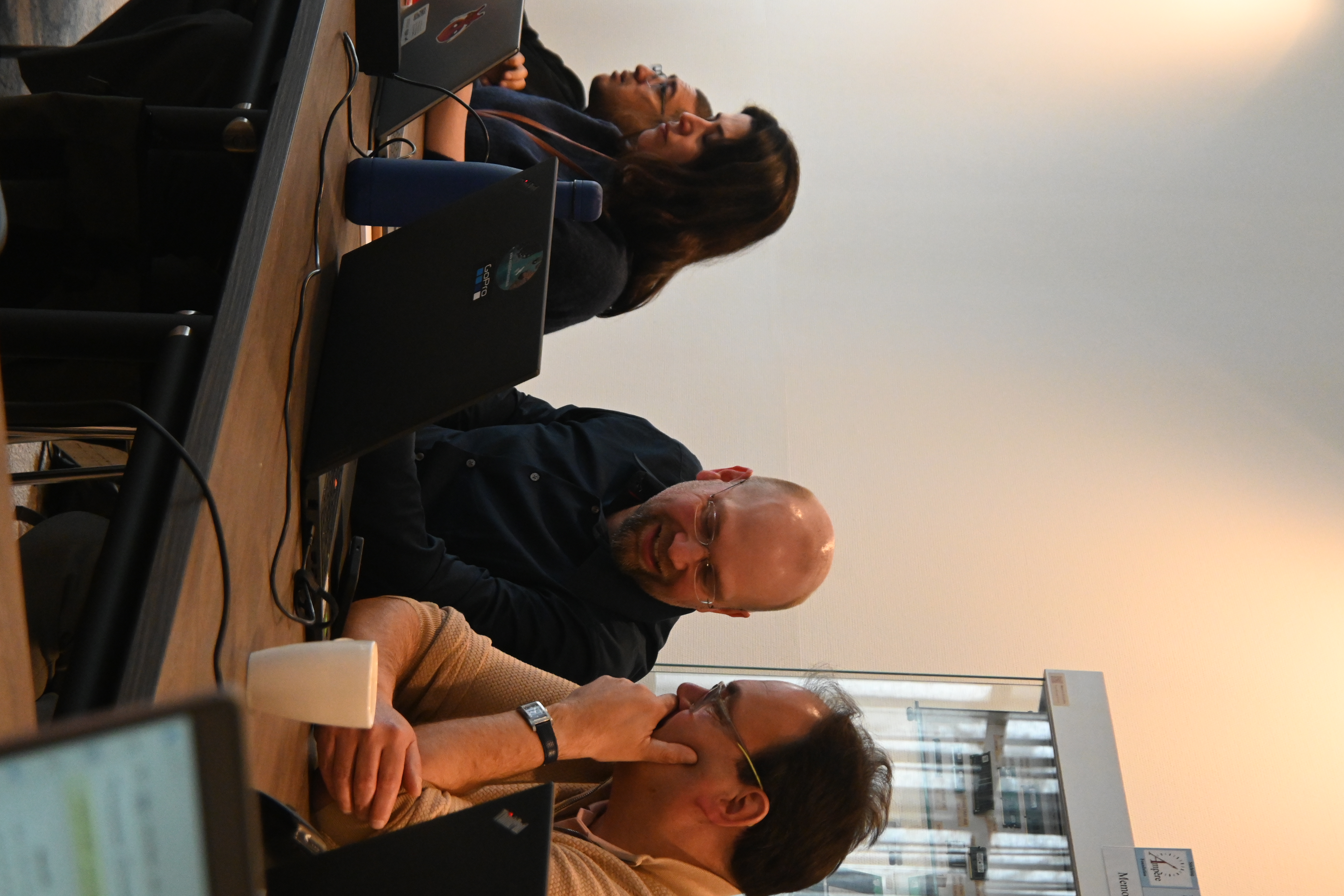
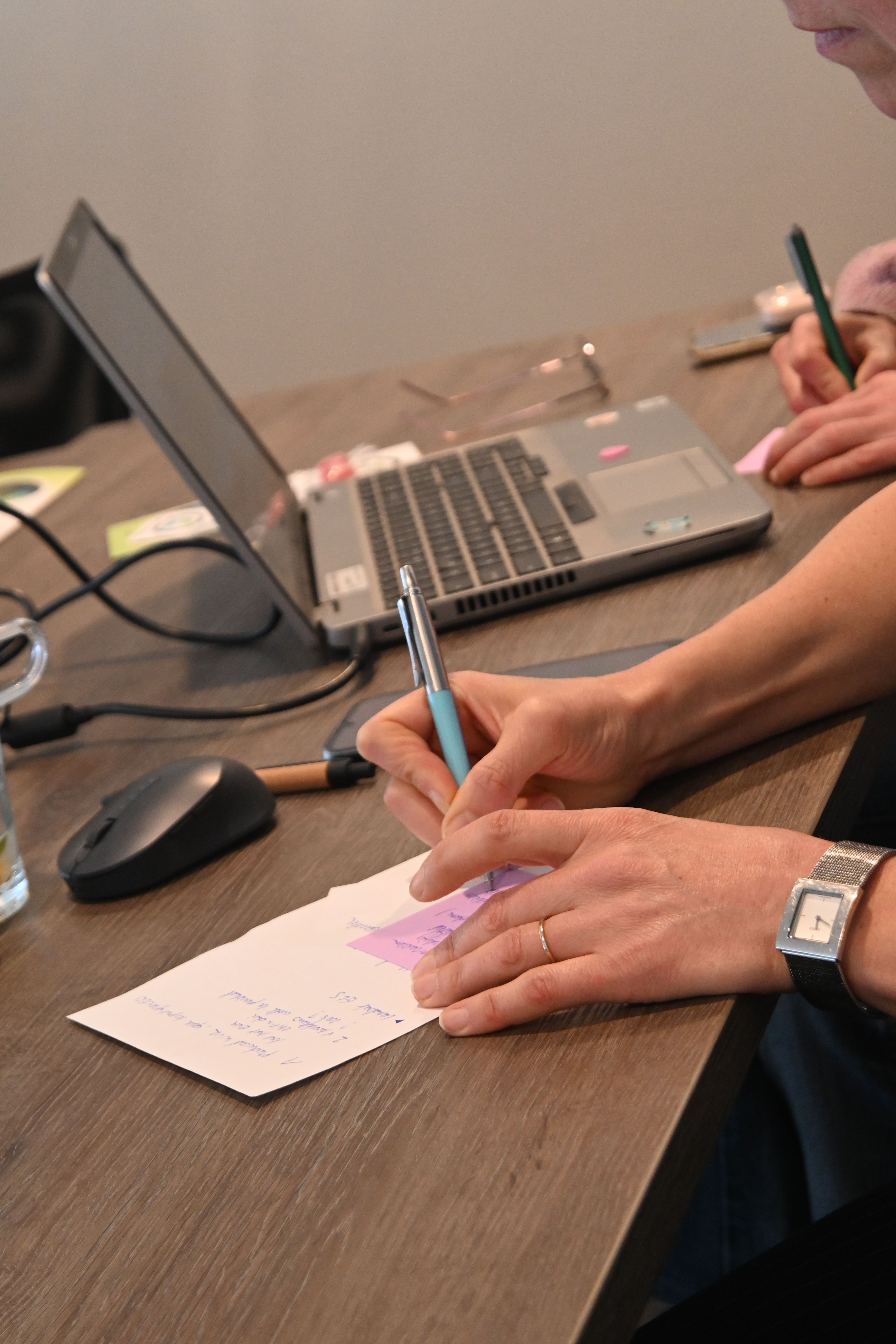
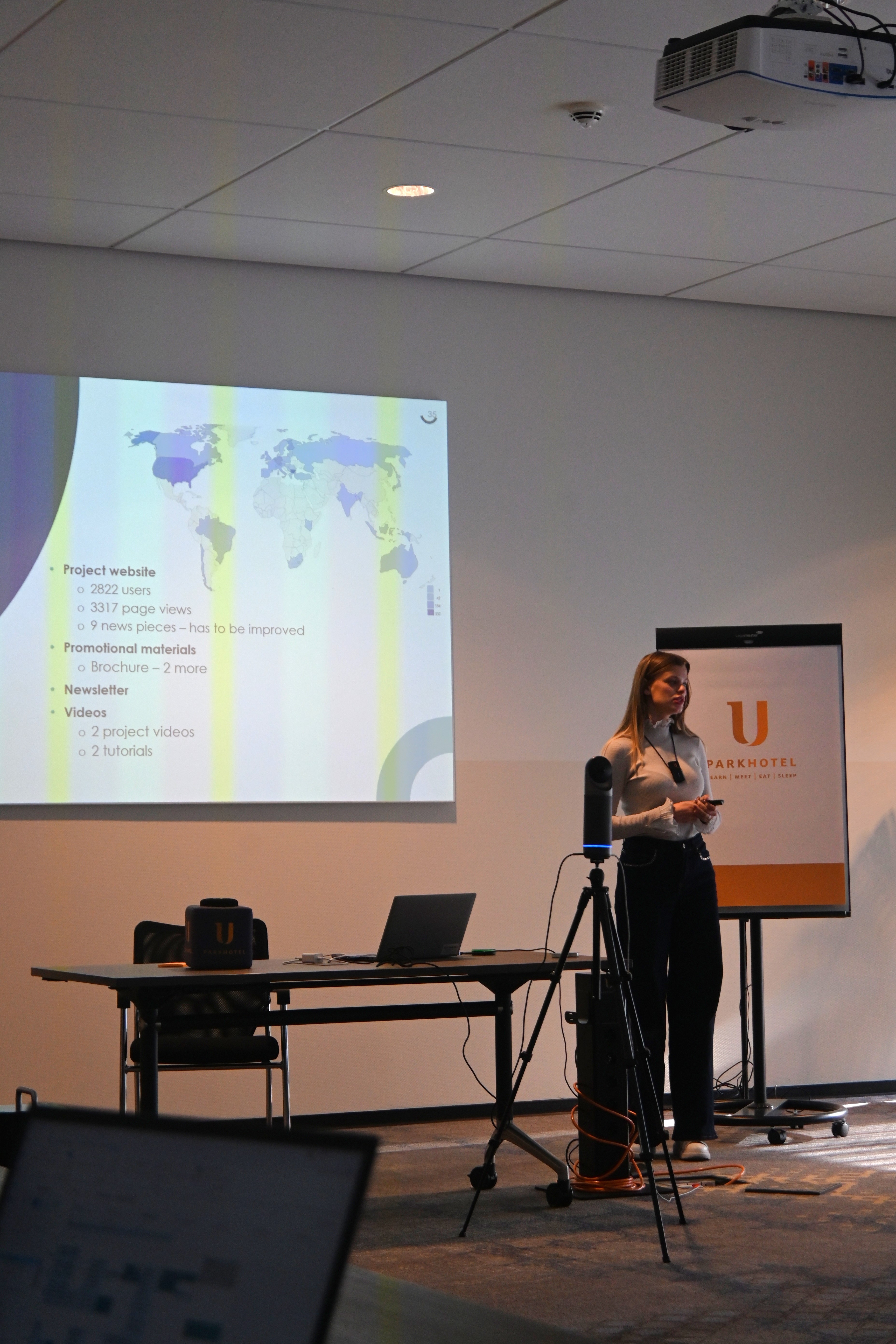
On the final day of the meeting, representatives from the European Space Agency joined virtually, sparking a conversation about potential collaborations.
The event and the amazing atmosphere would not have been possible without the organisers, our partners from University of Twente, and the coordinating team from the Finnish Environment Institute, Syke.
The OBSGESSION project continues to make strides in advancing biodiversity and ecosystem conservation through innovative Earth observation technologies.